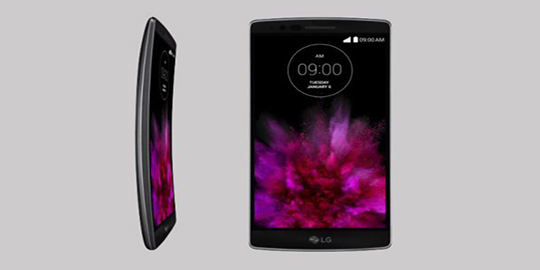
Technology Observatory January 5-11
We kick off a new year for the Technology Observatory. We hope our weekly summaries intrigue you. We'll continue to gather the most interesting news from the world of technology. Let's go!
● Changes are expected in Amazon's Lab126 after the failure of the Fire Phone
● The new MacBook Air will be incredibly thin
● Palm is back and seeks your help
● WhatsApp knows no boundaries: 700 million active users per month
● Google TV is dead, long live Android TV
● CES 2015
It's no secret that Jeff Bezos is not too happy with the Fire Phone. Neither are Amazon shareholders and investors. The thing is, according to Fast Company major changes are expected in the Amazon hardware lab known as Lab126, a place which has given birth to products such as the Fire Phone, the Siri-like system Echo and Kindle entirely, including the tablets with the Android fork belonging to Amazon. This is the company's test site, with almost 3,000 employees and which, according to sources close to Lab126, has become an unexplainable and uncontrollable giant. For all of these reasons, Amazon apparently plans to trim down its subsidiary and prevent disasters as occurred with the Fire Phone, with related losses reaching $170 million, root of the quarter's announced losses which added up to almost $437 million and resulted in criticism by the majority of the media and of a very important sector for consumers, even for the Amazon store itself. In this regard, the company's intentions seem to lean toward placing its bets on refocusing the Lab126 R&D toward more productive areas, following the trail already paved by Apple and Google. Forget about anything similar to the Fire Phone. Don't even think of 3D and of converting all products into a shopping cart. To date, the company has neither revealed those changes nor their timing, but no doubt if Amazon wants to position itself on the same level as Google and Apple as regards terminals, they can start forgetting about transforming their terminal into a shopping cart dressed in 3D, not at all practical for daily living.
The MacBook Air, for many, has become the quintessential laptop. Because its size and weight are minimal, it's the favorite of many constantly mobile users. Well, for Apple this isn't enough, and the upcoming version of the MBA promises to be even lighter and thinner, nearly unbelievable. According to documents in the hands of 9to5Mac, the upcoming version of the MacBook Air that the white apple company will unveil this year is not just thin, it's ridiculously thin. Look at the sample, comparing it with the current version (right).

Of course, this minimal thickness entails a tremendous responsibility. In other words, say goodbye to the traditional ports of today's MBA. The MacBook Air 2015 replaces these with a USB Type-C. This means, simply, that the next generation of the MBA Apple will forget about SD ports, traditional USB ports and even its Thunderbolt port. Not just this, the MacBook Air 2015 has a 12-inch screen that almost occupies the computer's top "cover" entirely. This MacBook Air 2015 would represent the most radical change in the design of Apple laptops since a long time ago, since the Air came into existence and became what it is today. Its amount of ports is so minimal that simply seeing the computer is a surprise, and don't even mention using it. For many, the idea of completely doing away with the laptop's USB (2.0 and 3.0) ports we use for our daily tasks is quite aggressive and risky. Undeniably, the USB Type-C standard is the future for these types of connections, but perhaps it's still too soon to fully discard its predecessor and, in fact, including just one limits the laptop tremendously. Nevertheless, it's still a question of time until this model becomes official, a preface of what the company's future Macs will bring.
Fans of Palm (if there are any left) must be thrilled, given that its new owner, the Chinese telecommunications giant TCL Communications that operates under the name Alcatel in Europe and the brand RCA in North America, plans to make the myth profitable again, as it already refloated Alcatel. For this reason, who better than the user to tell the company what it expects of the new Palm? That the user tells companies what to do and how to do it has already proved in the past that users are driven by preconceived ideas and prejudices that prevent them from seeing the big picture. Jobs was partly right in this regard. Yet, the company has not yet specified how or when it will let users take the floor, but it is expected that it will do so through its website.
Palm has always entailed much feeling and emotions. This is why TCL has established a new way for recreating the brand by involving the Palm community, a project that involves the largest-scale multitude ever seen in the industry. - George Guo, TCL Executive CEO.
For now this is just talk and we're still awaiting action, or at least, for them to reveal how they intend to carry out this task through which they will implicate the Palm community (shrinking daily). The intentions are good, no doubt, but the truth is that in a market that's saturated by brands, models and manufacturers, Palm is going to have a very hard time, unless it addresses a highly exclusive niche, something that is merely testimonial in the world of mobile telephony.
Despite the fact that numerous rivals appear to battle against WhatsApp and that these innovate even more than the renowned app, acquired last year by Facebook, it has no limits. To demonstrate this relentless success, Jan Koum, one of its founders, has disclosed some data that surely Mark Zuckerberg will like. According to Koum, WhatsApp already has 700 million active users, who use the application at least once a month. Another very interesting fact is the number of messages sent daily using the app, no more and no less than 30 billion. WhatsApp continues to grow at a fast speed. In April last year the application announced a figure of 500 million active users, while the figure reached 600 million in August. Therefore, 100 million users joined in just four months, the same time required to reach 700 million, wherefore the growth has not been stunted. It would be logical for the rhythm of growth to drop once having reached this amount of users, more so when its direct rivals continue to present innovations while WhatsApp still addresses pending tasks. For any other type of application, it would be more likely for the outdated app to lose users, but the "imitation" effect (if my friends use WhatsApp then I will too) favors the application with the most users. Likewise, WhatsApp is expected to present two major innovations in 2015. First, the long-awaited inclusion of calls using IP Voice, of which we already have an idea of what these will be like, and the also promising version for desktop browsers that was leaked through the application's code. Its rivals are left to battle for second place, where WeChat apparently is ahead of Line.
A few months ago, Google presented the development of its system for new devices. Android grew, and its progress hinted at wearable devices, systems for vehicles and television, and we were talking about the latter today. Google already had, in the past, its own ecosystem for televisions called Google TV, a system that was not too popular, the culmination of which has arrived with the launch of Lollipop as it has officially announced. No specific reason has prevented the platform's success. Support for the platform was rather discrete (Sony and Logitech being its main manufacturers), but success requires something more than good manufacturers. And perhaps here lies the main reason for its failure. The system had few apps, and its interface did not make interaction with our television natural. With neither impactful developments for the system, nor support for its developers, a system that was hardly attractive for the public had little room to grow. In June Android TV was presented, with the intention of compensating for the deficiencies of Google TV. Though Android TV is still wearing diapers, it arrives upon a solid base, willing to remedy the errors of the past to conquer us. Will it be able to? The first drastic change is in the interaction, thanks to material design, we have a user-friendly interface, perfectly adapted to large screens. Improvements to interaction are not limited to the graphic interface, but also includes the possibility for sending content through our cellphone or using the convenient voice recognition. A second major change is in the support for developers, as no longer is the circle of applications exclusive for Google TV, but embraceable by the entire Android ecosystem, together with design tools and guides to facilitate the creation of great apps and games, a factor that will tip the scale in favor of the most playful types. Breaking ground from point zero with the support of Android is no doubt a major competitive advantage. However, such a friendly interface, the support of developers and tremendous potential are worthless if they are built into televisions we cannot grant ourselves the luxury of owning (or which we do not want because we already have a television). Other Google devices that are more modest (Chromecast for example) have demonstrated that if the product is worthwhile and accessible, it will become a bestseller. Android TV takes a step further for this product and intends to be the spotlight of our home entertainment. Google presented its Nexus player as a guide for how to do things, and at this CES, Razer has revealed its weapon for taking Android to our televisions.
This week hosted CES in Las Vegas, the year's most important technology fair. Let's review the most relevant announcements.
LG G Flex 2
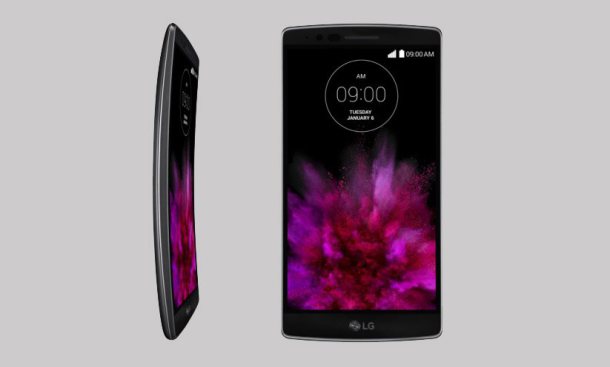
Last year, LG presented the LG G Flex, its own experiment with curved screens. We were able to test it and, though it was not a total disappointment, we didn't appreciate any advances compared with its brother, the G2, a great terminal. With the launch of the LG G Flex 2, we're still unsure as to what this technology will contribute, but it's gaining a lot of points. First of all, it's debuting the most state-of-the-art hardware we'll probably see during the first half of 2015, including a panel with a noteworthy resolution that is more ergonomic, in addition to its dashing red version. It’s still a trial balloon for LG, but with much greater possibilities of finding a public, because it's still quite invisible compared with its first incarnation, or with other terminals, such as the LG Optimus 3D.
TVs OLED by LG, SUHD by Samsung and ultrathin by Sony
As you already know, one of our favorite technologies for image, plasma, is dead or dying. Because solutions like LED fail to reach its level, companies continue searching for alternatives that will provide users with the same satisfaction level provided by Panasonic or Pioneer with their KURO. To make this possible, LG proposes a technology of much higher quality and known by everyone, OLED, that, however, continues to drag the same problems as years back, the main one being the cost of manufacturing these panels, which start at 55". We hope that more manufacturers will join the OLED bandwagon, and that costs will be more scalable. As an alternative, Samsung has proposed SUHD, a process technology that greatly improves the depth of color and values such as brightness or contrast, though the panels remain similar. Last of all, Sony is in the spotlight for offering televisions of just 5 mm in thickness, thinner than most cellphones. Another point worth mentioning of the three brands are their operating systems. For LG, the legendary webOS, that arrives improving its version 2.0. Samsung, on another hand, continues with its blind devotion to an open OS, Tizen, and Sony, alone, is faithful to Android TV.
ASUS and its mid-range of quality for everyone
The unexpected surprise. ASUS, a leading brand in the market of PCs and laptops increasingly stands out as a manufacturer to keep an eye on. Beyond the anecdote of being the first manufacturer to bring 4 GB of RAM to a phone, with the Zenfone 2 at CES 2015 it has proved that it targets the mid-range market, currently dominated by Nokia and Motorola. It promises great photographic results and incredible finishes, coupled with a balanced autonomy for its 5.5-inch IPS display. Without bragging too much about its SoC Intel Atom, according to some tests its performance will be similar or surpass that of a Snapdragon 801. A great unit for $200, though this version will likely arrive with 2 GB.
Portable SSD disks by Samsung
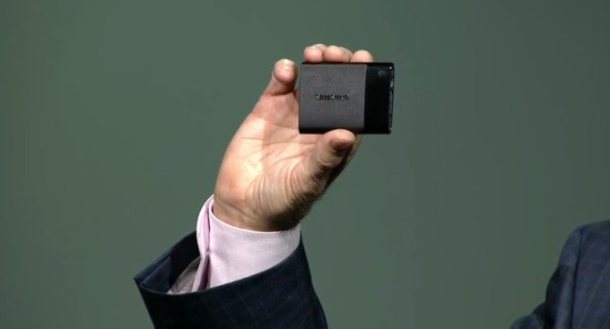
Though a priori it may appear to be simple, many consumers are grateful to Samsung for launching the SSD T1. We've seen a lot of portable SSDs, but never a solution as wonderful as Samsung's. Not only do they guarantee a speed of 450 MB/s in USB 3.0, but merely occupy the space of a wallet with capacities of up to 1TB. This is a magnificent solution for users requiring ultrafast copies, such as video editors, who must move projects or edit without copying. The 256 GB unit starts at $179, somewhat more expensive than the separate disk, but nothing exorbitant, considering the advance it entails.
Withings Activité Pop
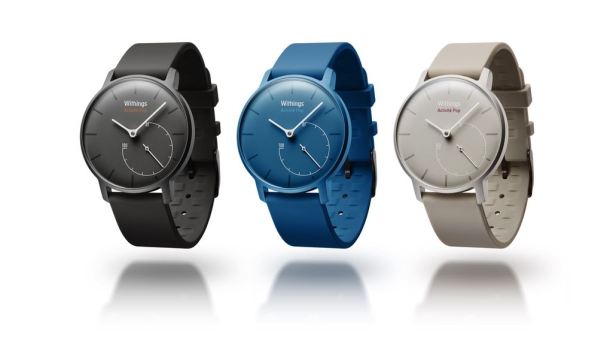
Contrary to what many of us expected, wearables have not been as relevant as we thought they would be at this CES 2015. However, we saw many attractive options, such as the Withings Activité Pop, a very visually enticing, small watch with smartwatch functions.
Smartwatch webOS de LG y Audi
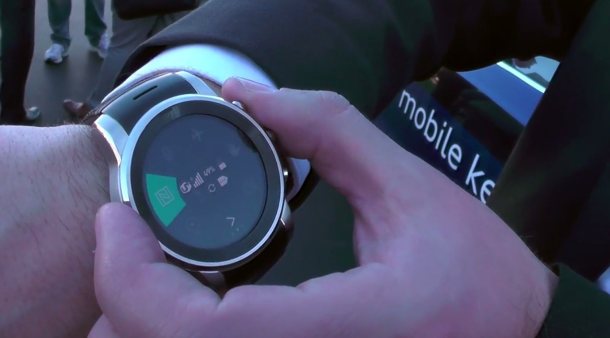
One of the greatest surprises at this CES 2015 was the smartwatch webOS by LG and Audi. This smartwatch was first seen during the Audi presentation, and everyone thought it relied on Android Wear. But the surprise was that, in reality, it relied on webOS, an open platform with which LG has been working over several months.
Di adiós a las selfies oscuras con este flash especial para smartphones
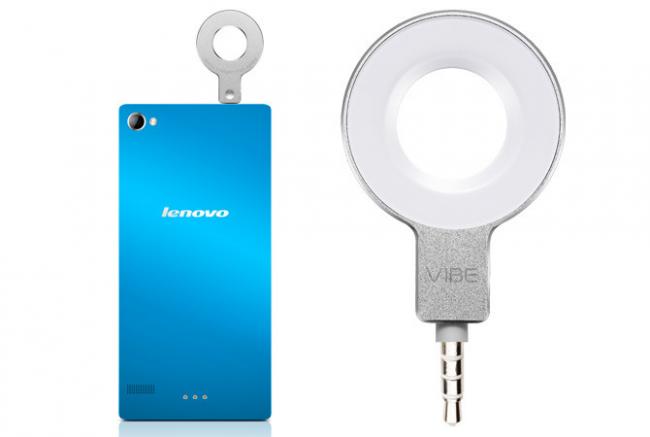
Surely you must have thought about it at some time: you've taken a selfie with your friends at a dark place with little light and... click! A dark spot hides your faces. As still most phones do not have a flash on their front camera, Lenovo offers a solution: the special flash called VIBE Xtension Selfie Flash. It is a complement that connects to the phone's audio input (minijack), usually located on top of the terminal, leaving the microUSB free for other uses. Next, the 8 LEDs that comprise it light up and, with them, cover a radius of up to one meter, useful for your group selfies. As to its autonomy, Lenovo assures that its charge will last enough for up to one hundred selfies. After that, plug it in to charge it up. And what if you don't have a Lenovo phone? Don't worry, because it will work with any Android phone using a compatible application which, amongst other things, will turn on the flash only when you are going to take a picture. It will be available as of April and retails at $29.
